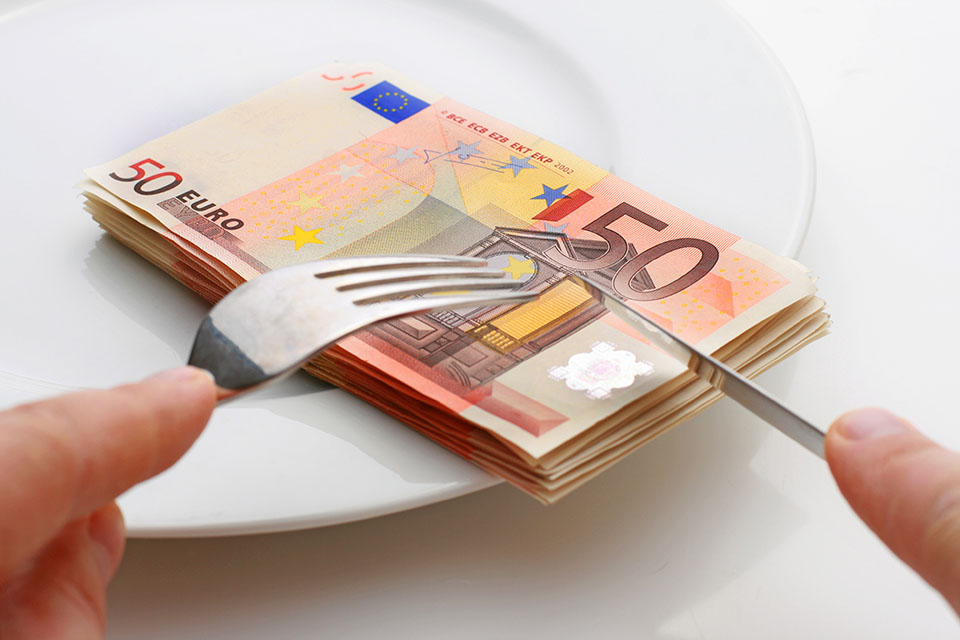Energy conservation can be achieved in many different ways; some obvious ones are turning your lights off when they are not being used, ensuring your thermostats are locked, and set-points are not being tampered with and making sure your walk-in coolers and freezers remain shut, some ways are not so apparent but still crucial in ensuring all of your equipment is maintained. The restaurant industry is notorious for abusing equipment and maintaining the equipment only when it is dire to do so. The key is preventative maintenance, that will save you money now and in the long run to keep from having to purchase replacement equipment.
Air Conditioners
Air conditioners are huge culprits when it comes to energy consumption in a restaurant accounting for 28% of energy use, it’s important to understand how to save in this particular area. Proper preventative maintenance and upkeep are essential in saving here. Simple things like ensuring the unit is free of debris ensuring air flow is at a maximum, addressing problems right away, and changing air filters regularly can reduce energy consumption dramatically. Can changing air filters really save me that much? Yes! Installing our chameleon™ platform primarily in the restaurant sector we have conducted many case studies involving energy consumption and how it relates to each area of the restaurant. In one specific instance, we encountered a unit that wasn’t ever achieving the set-point. Below you can see the trend graph where the unit was running for about 97 percent of a 12 hour day. This was due to a clogged, dirty air filter.

Below, you can see where the filter was replaced and the unit ran significantly less, an approximated 47 percent less to be exact.

Now, take into consideration that electricity averages .12 per kWh. This ONE unit would be costing you around $31.50 per day if it ran 9 hours a day, multiplied across the year that equates to $11,497 for just one unit. Typically restaurants have anywhere from 2-6 units on average. If you cut that number in half by just cleaning those filters that’s $5,748 saved only by replacing a $5 filter every 30 days.
Refrigeration
As far as refrigeration goes, we have seen it all here. The most important thing is to ensure the coils are clean, a walk-in with dirty coils uses up to 23% more energy than a walk-in that has clean coils. To clean the coils, you first want to turn off the equipment, locate the condenser coils and use a stiff paint brush to brush the coils off and use a vacuum to clean the dust from the coils.
Another common problem we spot on the field installing systems is broken door seals in walk-in units. In this case, when you close the door to the unit, there isn’t any proper suction and you are losing cold air out of those broken seals. Below is a chart we grabbed from a location where you can see where the door is being propped open at different times of the day. This isn’t due to broken or old door seals, but you get the idea in how much energy you are using and money you are losing.

Maintenance is Key
The most important takeaway is to elongate and get the most efficient performance out of your equipment you must maintain it. This will prevent costly replacements later and will increase the money you save in efficiency. Making a schedule and sticking to it or even hiring a company to conduct your preventative maintenance can make all the difference.
